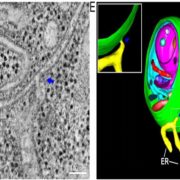
ATG9 regulates autophagosome progression from the endoplasmic reticulum
Plant Science Research Weekly, Research0 Comments
/
The autophagosome, a cellular compartment involved in the turnover of macromolecules, contributes to nutrient homeostasis, stress resilience and defense. Although several proteins have been identified as contributing to autophagosome formation and function, the precise origins of the autophagosome have…
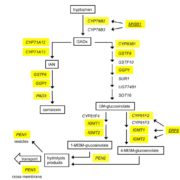
Transcriptional response to microbial pattern conferred by three WRKY transcription factors ($)
Plant Science Research Weekly, ResearchPlants perceive microbial pathogens though cell-surface receptors that recognize conserved microbial patterns such as flagellin. Previous studies have identified the WRKY family of transcription factors as contributors to Microbial-Associated Molecular Pattern (MAMP)-Triggered Immunity (MTI). Birkenbihl…

Review: Impacts of fungal hitchhikers on biosecurity
Plant Science Research Weekly, ResearchWhen a plant species is introduced to a new region, it brings with it “hitchhikers” – other associated organisms. Sometimes, these hitchhikers negatively impact the environment into which they are introduced, for example by facilitating the host’s invasiveness, or through direct detrimental effects…

Review: Unlocking the potential of orphan legumes ($)
Plant Science Research Weekly, ResearchOrphan legumes, which include cowpea (Vigna unguiculata), Bambara groundnut (V. subterranea), grass pea (Lathyrus sativus) and marama bean (Tylosema esculentum), are important food sources for many farmers, but have largely been ignored by breeders and industry. Cullis and Kunert argue that some of these…
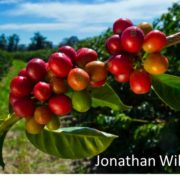
Comment: Protecting the origins of coffee
Plant Science Research Weekly, ResearchCoffee is a hugely popular beverage and contributes immeasurably to human productivity, but demand has risen by 50% in the past 20 years while coffee production is vulnerable to disease and climate change. Mehrabi and Lashermes observe that the popular arabica coffee comes from the plant Coffea arabica,…
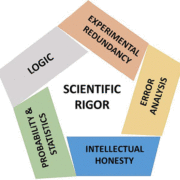
Editorial: Rigorous Science: a How-To Guide
Plant Science Research Weekly, ResearchCasadevall and Fang set out several proposals for research training to help ensure scientific “rigor”, which they define as promoting confidence in the truth or accuracy of the findings. The authors propose and elaborate on five foundations for scientific rigor: Redundancy in experimental design,…
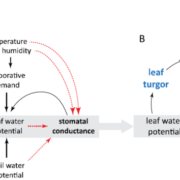
Update: Modeling stomatal conductance
Plant Physiology: UpdatesRobust models of stomatal conductance are greatly needed to predict plant-atmosphere interactions in a changing climate, and to integrate new knowledge in physiology and ecological theory. Recent years have brought major advances in the experimental and theoretical understanding underpinning both process-based…
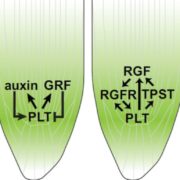
The PLETHORA Gene Regulatory Network Guides Growth and Cell Differentiation in Arabidopsis Roots
Plant Science Research Weekly, Research, The Plant CellDue to plant cells’ shared walls and immobility, cell division, differentiation and expansion must be tightly regulated across space and time. The six members of the PLETHORA (PLT) transcription factor family distribute in gradients through the root tip and are largely responsible for its developmental…

Perspective: Computational Modeling of Auxin: A Foundation for Plant Engineering
Plant Science Research Weekly, ResearchAuxins are a class of phytohormones that regulate many aspects of plant development. Morales-Tapia and Cruz-Ramírez review the current status of the available auxin-driven computational models and discuss plausible integration of these into a single model for plant development. Computational modeling…

